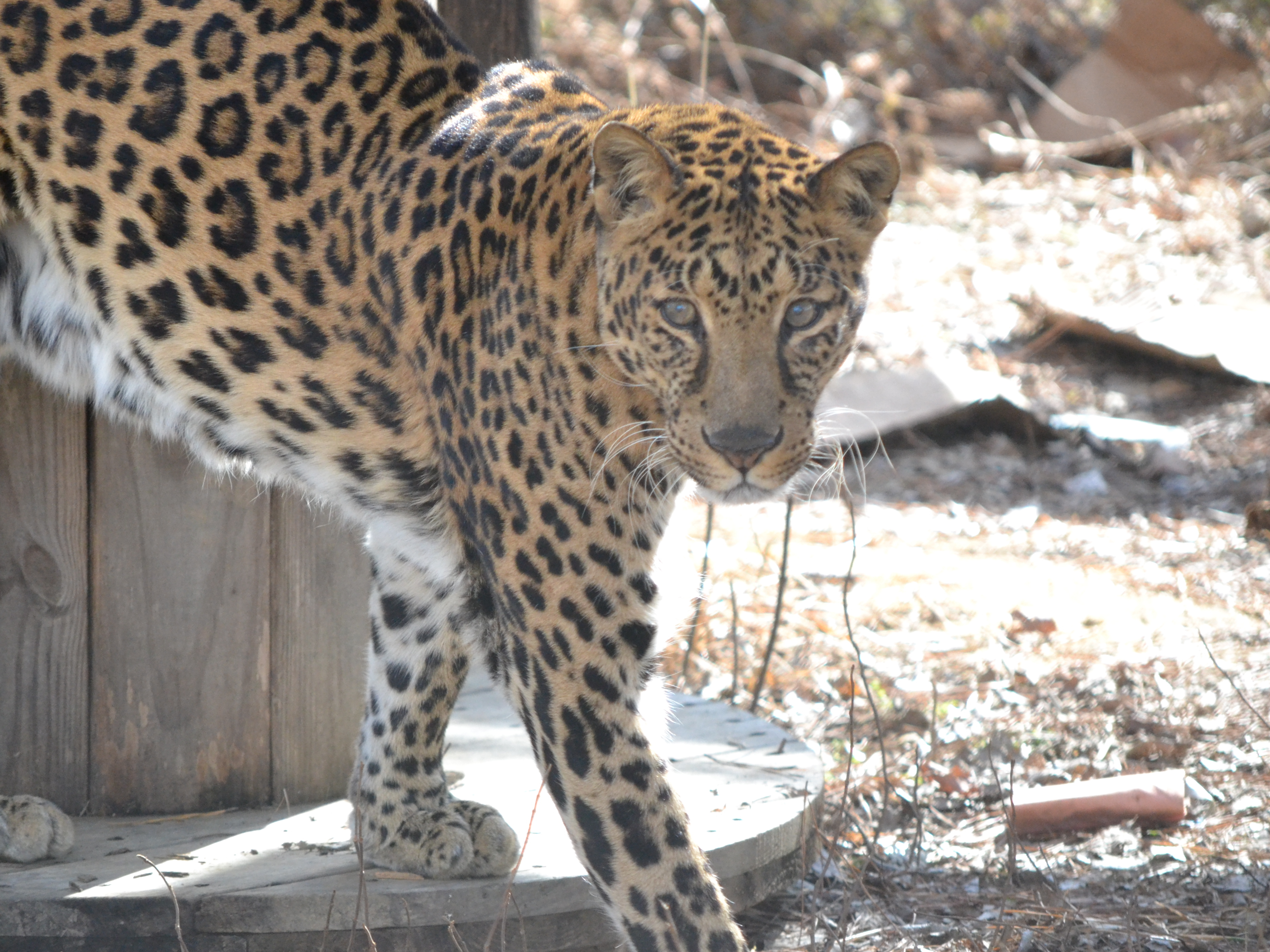
[breadcrumb]
Carolina Tiger Rescue is a 501(c)3 nonprofit wildlife sanctuary whose mission is saving and protecting wild cats in captivity and in the wild.
It is no secret that people love animals. We find them beautiful, fascinating, and want to know all there is to know about them.
But, its important to remember, not all facilities are created equal, and they don’t all have the animals’ best interest in mind. When you’re looking to visit an animal facility, it’s important to look deeper into their values and determine if they align with yours. Here are a few quick tips to keep in mind.


- Federally accredited sanctuaries like Carolina Tiger Rescue abide by certain guidelines which include: no breeding, no public contact with animals, no buying/selling/trading of animals or their parts, and must be a 501-c(3) non-profit
- Sanctuaries that are accredited by the Global Federation of Animal Sanctuaries (GFAS) only receive their accreditation after passing a rigorous qualification process and proving that they meet the high standards in sustainability and animal care set forth by GFAS.-There are only 14 GFAS sanctuaries that house wild cats in North America, Carolina Tiger Rescue is one of them.
- Zoos that are accredited by the Association of Zoos and Aquariums (AZA) only receive their accreditation if they meet the high standards in animal care set forth by AZA.
How can YOU Apply Your Values?
When looking into a facility to determine if you should visit, here are somethings to do and keep in mind:
- Read their Mission, Values, and About Section: Pay attention to their wording to determine what they are actually saying. Are they leaving things out on purpose? Does it include their thoughts on private ownership and how they rescue their animals? Do they use education animals? If so, what types and do they pose a danger to the public?
- Accreditation: Do they have any accreditation? If so, what is it?
- Pictures: Pictures can, of course, say a lot about a facility. Are there baby animals? Where are those babies coming from? Are people interacting with animals through direct contact?
- Breeding: If they are breeding, is it for conservation and within the Species Survival Plans? If not, it does nothing to help that species survive.
- Enclosures: Are their enclosures large enough for the animals they house? Does it closely represent their wild habitat? It should also provide the animal with appropriate enrichment, adequate shade, a shelter to get out of the elements, and the animal should have access to clean drinking water at all times.
Still not sure if your values match up with the facility’s? Don’t be afraid to them ask questions. A facility that has their animals’ best interest in mind shouldn’t have anything to hide.




